Shipping and packaging automation is often viewed as something from a dystopian future where robotic arms package every order and drones deliver packages directly to doorsteps. However, we are closer to this reality in automated logistics than most might think.
While fully automated order fulfillment is still in development, shipping and packaging automation is already a leading trend in 2024. This trend is affecting all core aspects of shipping logistics such as packaging, globalization, e-commerce, digitalization, and sustainability.
In this post, we will cover:
- The benefits of shipping and packaging automation for businesses, including time and cost savings.
- Implementation strategies and best practices for successfully integrating automation into your operations.
- Future trends in shipping and packaging automation and how they can revolutionize your business.
Understanding Shipping Automation
Shipping automation involves the use of technology to automate various tasks within the shipping process, from order fulfillment to package delivery. It includes software systems that handle tasks such as label printing, carrier selection, and tracking, as well as hardware like automated sorting machines.
Implementing shipping automation can significantly benefit businesses by reducing manual labor and minimizing errors. This leads to:
- Faster processing times
- Lower shipping costs
- Enhanced accuracy in tracking and managing shipments
Businesses can achieve higher efficiency and better customer satisfaction through these automated solutions. According to a recent industry report, 55% of supply chain leaders are increasing their supply chain technology and innovation investments, and 81% are implementing new processes.
Shipping automation systems comprise both software and hardware components. Key software tools include shipping management systems that integrate with existing ERP and inventory management systems to streamline operations.
Hardware components often include automated conveyor belts, sorting machines, and label printers, all working together to optimize the shipping process.
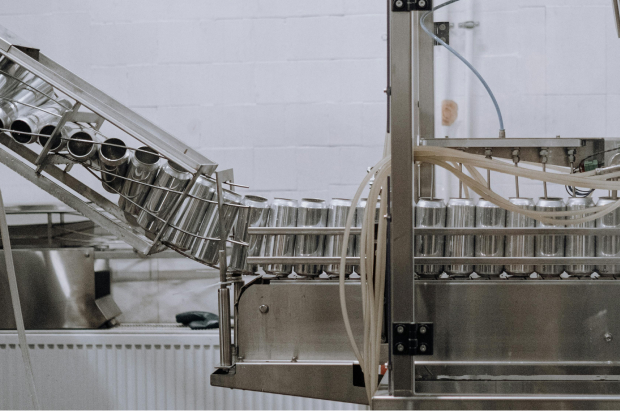
Benefits of Implementing Shipping Automation
One of the primary advantages of shipping automation is the reduction in manual labor and errors. Automated systems handle repetitive tasks efficiently, leading to faster processing times and reduced shipping costs. Businesses can reallocate their workers to more strategic tasks, enhancing overall productivity.
Time and Cost Savings
Traditional shipping processes are often bogged down by manual labor, resulting in significant time and financial costs. Manual handling of repetitive tasks, such as sorting and packaging, can lead to inefficiencies and errors. Automating these tasks offers a solution.
By implementing automated sorting, picking, and packing systems, businesses can dramatically reduce processing times and lower shipping costs. Starting with a robust warehouse management system (WMS) can optimize warehouse layout, improve picking and packing efficiency, and streamline overall operations.
To further enhance automation, over 50,000 warehouses will have installed over 4 million commercial robots, such as automated guided vehicles (AGVs), autonomous mobile robots (AMRs), and automated storage and retrieval systems (AS/RS), by 2025.
Key benefits include:
- Faster Processing Times: Automates repetitive tasks for quicker order fulfillment.
- Reduced Shipping Costs: Minimizes labor costs and errors, leading to savings.
- Enhanced Productivity: Frees up human resources for strategic activities.
Improved Accuracy and Efficiency
Automation enhances the accuracy and efficiency of shipping processes by streamlining operations and minimizing errors. Automated tracking and management systems reduce shipping errors and returns through continuous monitoring and real-time updates.
Real-time data and analytics enable better decision-making and operational efficiency by providing actionable insights. This data-driven approach helps businesses optimize shipping strategies and quickly address issues.
Key benefits include:
- Enhanced Tracking: Real-time shipment tracking for transparency and reduced delays.
- Error Reduction: Minimizes human errors in labeling, sorting, and documentation.
- Efficiency in Management: Streamlines coordination between order processing, inventory management, and shipping.
- Data-Driven Insights: Provides insights into shipping performance to address inefficiencies.
- Consistent Quality: Ensures consistent quality in packaging and shipping.
Inventory Management
Automated inventory management systems track stock levels in real-time, ensuring accurate updates and reducing the chances of overstocking or stockouts. This enhances the ability to fulfill orders promptly.
Key benefits include:
- Real-Time Tracking: Monitors inventory levels continuously.
- Accurate Updates: Reduces overstocking and stockouts.
- Improved Order Fulfillment: Enhances the ability to meet customer demand promptly.
Shipment Tracking and Documentation
Automated systems provide comprehensive real-time shipment tracking and efficient management of documentation, transforming how businesses handle their logistics operations. These systems offer continuous updates on the status and location of shipments, allowing businesses and customers to monitor progress from dispatch to delivery. This level of transparency is crucial for maintaining customer trust and satisfaction.
Automation ensures that all necessary documentation, such as invoices, customs forms, and compliance certificates, is accurately generated and managed. This not only reduces the administrative burden on staff but also helps ensure compliance with various shipping regulations, minimizing the risk of fines and delays.
Key benefits include:
- Real-Time Tracking: Offers continuous shipment updates.
- Efficient Documentation: Ensures compliance and reduces admin workload.
- Improved Transparency: Enhances visibility into the shipping process.

Automation in Logistics
Automation plays a vital role in logistics by enhancing efficiency, accuracy, and speed across various processes, from warehousing to transportation. Automated logistics solutions, such as robotic picking and packing systems, automated guided vehicles (AGVs), and drones, streamline operations and reduce the reliance on manual labor. These technologies can handle repetitive tasks with precision, allowing human workers to focus on more complex and strategic activities.
Key components of automation in logistics include:
- Robotic Picking and Packing: Robots equipped with advanced sensors and AI capabilities can pick and pack items with high precision and speed. This not only increases productivity but also reduces errors associated with manual handling.
- Automated Guided Vehicles (AGVs): AGVs navigate through warehouses autonomously, transporting goods from one location to another without the need for human intervention. They optimize material handling and reduce the time taken to move items across the warehouse.
- Drones: Drones are being increasingly used for inventory management and last-mile delivery. They can quickly scan inventory in large warehouses and deliver packages to remote or hard-to-reach areas, reducing delivery times and costs.
Impact on Supply Chain Management
Automation significantly impacts supply chain management by streamlining operations and providing real-time data and analytics. This leads to better decision-making, improved inventory management, and enhanced overall supply chain efficiency. The key impacts of automation on supply chain management include:
- Streamlined Operations: Automation integrates various functions within the supply chain, creating a seamless flow of information and goods. This reduces bottlenecks, minimizes delays, and ensures that each stage of the supply chain operates efficiently.
- Real-Time Data and Analytics: Automated systems continuously collect and analyze data from various points in the supply chain. This real-time information enables businesses to monitor performance, identify issues early, and make informed decisions to optimize operations.
- Improved Inventory Management: Automation helps maintain accurate inventory levels by providing real-time updates on stock quantities and locations. This reduces the risk of overstocking or stockouts, ensuring that the right products are available when needed.
- Enhanced Efficiency: Automated logistics solutions improve overall supply chain efficiency by reducing manual labor, minimizing errors, and speeding up processes. This leads to faster order fulfillment and delivery times, enhancing customer satisfaction.
- Cost Savings: By reducing the reliance on manual labor and improving operational efficiency, automation can lead to significant cost savings. Businesses can reallocate resources to more strategic areas and reduce expenses associated with errors and delays.
- Scalability: Automation provides the flexibility to scale operations up or down based on demand. This is particularly beneficial during peak seasons or periods of increased demand, as businesses can quickly adjust their logistics processes to meet changing needs.
Packaging Automation
Automated packaging significantly enhances operational efficiency and consistency. These systems package products much faster than manual methods, helping businesses meet high demand and reduce lead times. Consistency and accuracy are ensured, with each product meeting the same high-quality standards, thus minimizing errors and maintaining quality.
Automation reduces packaging waste by using materials efficiently, lowering costs and reducing the environmental footprint. This precise control over the packaging process results in significant cost savings through reduced labor expenses and fewer returns due to packaging errors.
Enhanced safety is another benefit, as automation reduces the need for human workers to perform repetitive or hazardous tasks, thereby decreasing the risk of injury. Automated packaging systems also offer scalability, allowing businesses to adjust operations to match production needs and quickly respond to changes in demand.
Consistent and high-quality packaging improves customer satisfaction by ensuring products are less likely to be damaged during shipping, leading to fewer returns. By leveraging packaging automation, businesses can achieve greater efficiency, lower costs, and improved product quality, resulting in enhanced competitiveness in the market.

Implementing Automated Shipping and Packaging Solutions
Implementing automation involves several key steps:
- Assess Current Processes: Evaluate existing shipping and packaging processes to identify areas for improvement.
- Choose the Right Tools: Select the appropriate automation tools and technologies that fit your business needs.
- Train Staff: Ensure employees are well-trained to use the new systems effectively.
- Integration: Seamlessly integrate automation tools with existing systems for smooth operation.
For a successful implementation, it’s crucial to:
- Train Staff: Provide comprehensive training to ensure smooth integration.
- Regular Maintenance: Perform regular maintenance and updates to keep systems running efficiently.
- Monitor and Adjust: Continuously monitor performance and make adjustments as needed.
Future Trends in Shipping and Packaging Automation
The future of shipping and packaging automation is promising, with emerging technologies such as artificial intelligence (AI), machine learning, and the Internet of Things (IoT) playing a pivotal role. These technologies offer advanced capabilities for real-time monitoring, predictive analytics, and enhanced decision-making.
Automation is not just for large corporations; small and medium-sized businesses can also reap its benefits. By taking proactive steps towards adopting automation, these businesses can enhance their competitiveness, improve customer satisfaction, and streamline their operations. Embrace automation to stay ahead in the ever-evolving business landscape.
Automation in shipping and packaging offers significant benefits, including time and cost savings, improved accuracy, and enhanced efficiency. By implementing the right tools and following best practices, businesses can overcome challenges and achieve a smooth transition to automated processes. Small and medium-sized business owners should consider adopting automation to stay competitive and improve operational efficiency.




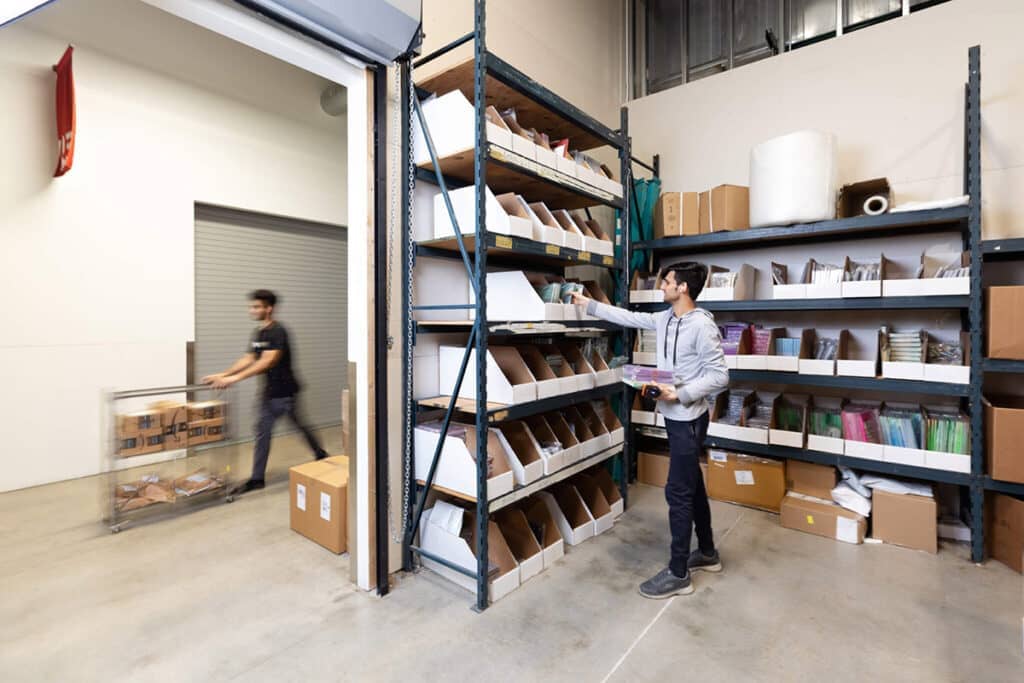

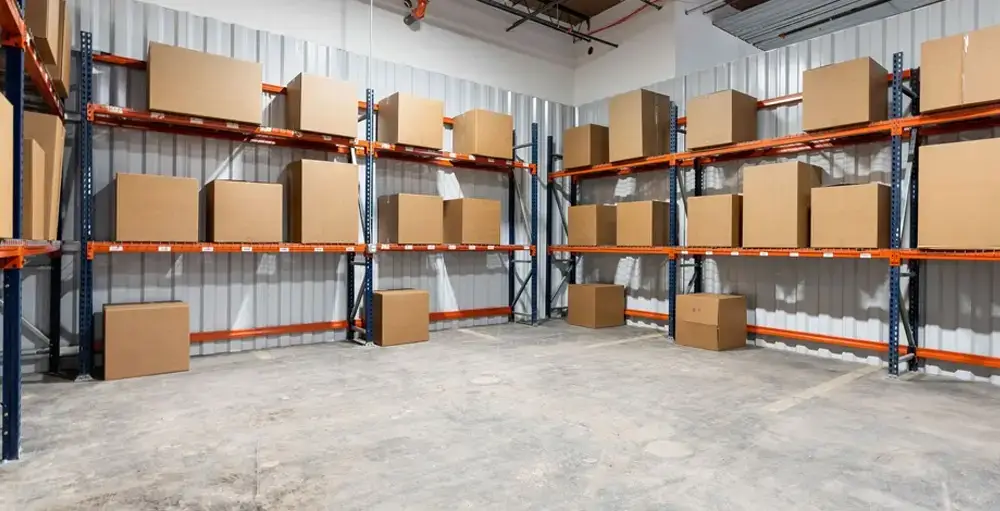
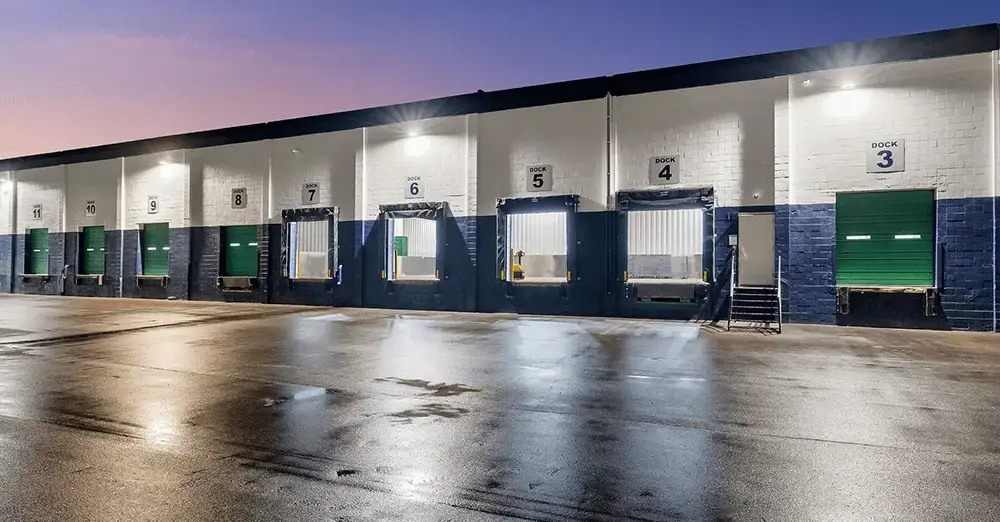
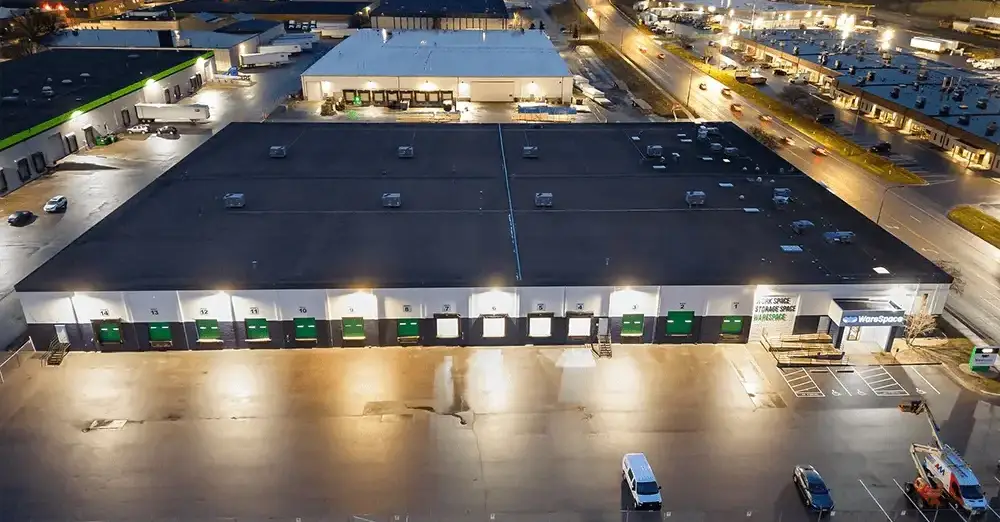











 ►
Explore 3D Space
►
Explore 3D Space